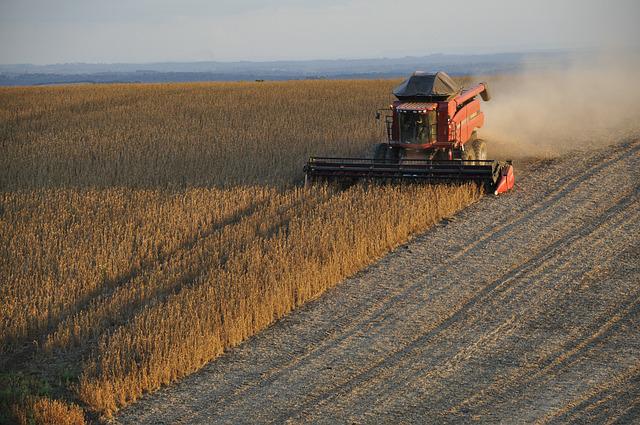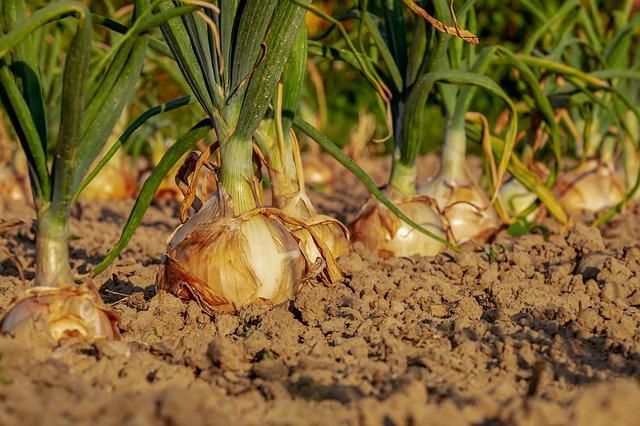
An agro-exporting country sells abroad the raw materials it produces through agriculture.
The concept of agro-exporter is not part of the dictionary of the Royal Spanish Academy ( RAE ). In any case, it is a frequently used notion, used with reference to the export of raw materials obtained through agriculture .
To know what the idea of agro-exporter refers to, therefore, we must first understand what agriculture is and what an export is. We understand agriculture as the set of techniques, activities and processes that allow the land to be tilled and cultivated and thus obtain natural raw materials. Export, on the other hand, is the sale of goods abroad.
This means that an agro-export company produces raw materials that it markets in countries other than its own. Suppose that an Argentine company is dedicated to the cultivation , storage and sale of soybeans. If it sells its production to China , to cite an example, it can be said to be an agro-export company.
The agro-export model
An agro-export economic model , on the other hand, is one that is based on the export of its raw materials, privileging this activity over industry . Nations that develop an agro-export economy are dedicated to selling abroad what their fields produce (vegetables, fruits, meat, etc.) and import the products already processed or prepared through industrial processes.
Because industrial products have greater added value, these agro-exporting countries have an imbalance in their trade balance: they obtain little money from abroad since they sell cheap raw materials, and they send a lot of money abroad because they buy expensive products.

The products obtained in the field are the pillar of the agro-export economic model.
History and features
From the aforementioned agro-export model, we can highlight a series of interesting data, among which are the following:
-It is believed that it appeared for the first time in the second half of the 19th century and specifically in what was Latin America.
-It is established that Argentina was one of the countries that in those early stages gave more importance to the aforementioned model and used it to grow and create commercial connections inside and outside the continent.
Much has been and is being said about this model, which highlights a series of advantages and disadvantages. In the first case, among the aspects that are considered to have in its favor, the following stand out:
-Revitalizes the economy.
-Requires little investment.
-Allows foreign capital to be obtained that has a positive impact on the country's infrastructure and services.
-Improves and streamlines the economy in a short period of time.
On the other hand, in terms of disadvantages, the following are determined:
-It is considered that it makes the country that opts for the agro-export model too dependent on what is happening in the world.
-It is determined among its main disadvantages that it is not a viable long-term model.
-Those who study it also come to the conclusion that it causes inequality at a regional or population level.
-Fluctuations and situations are generated with the value of what is exported that can cause the agro-export model to end up suffocating the country and even leading it to bankruptcy if it wants to maintain its business and be competitive.
